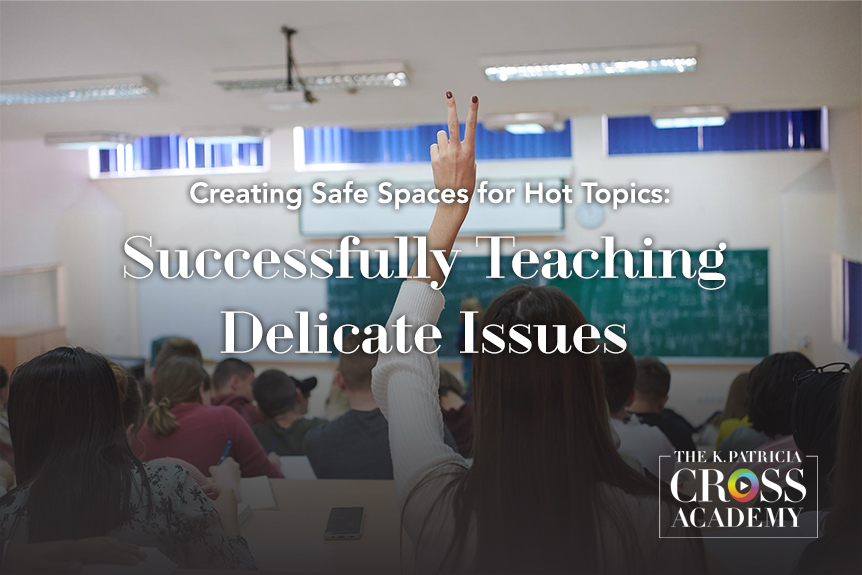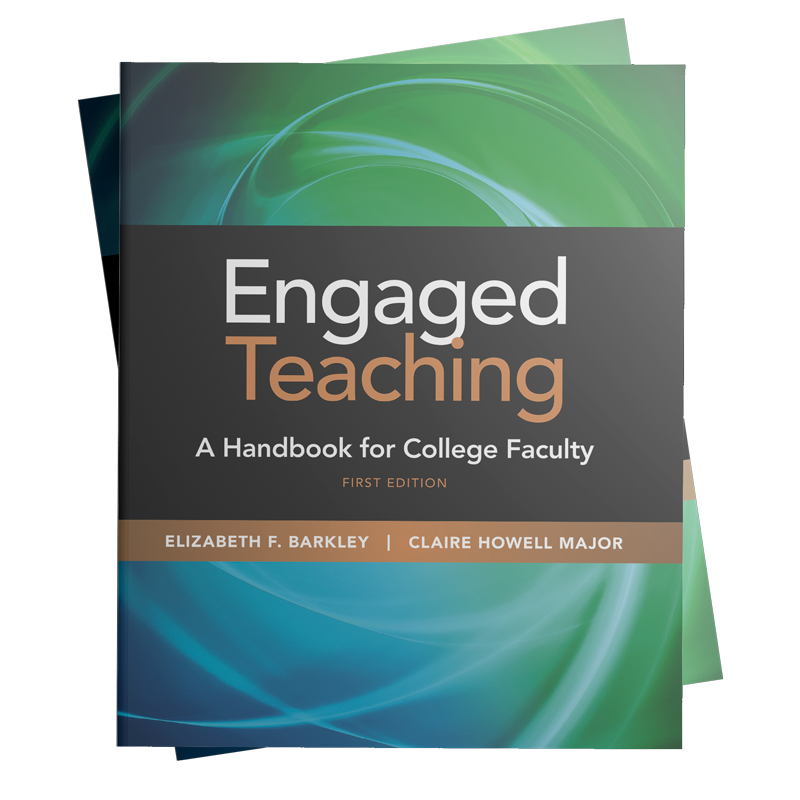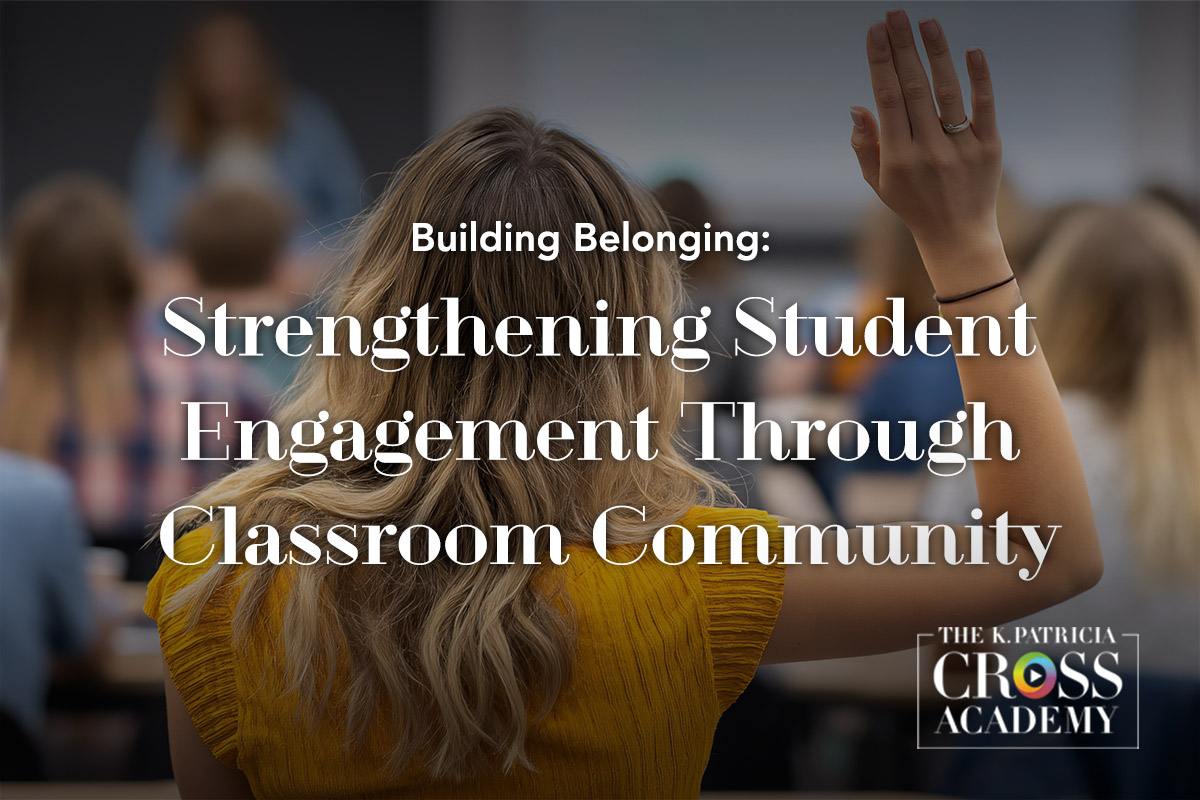
Introduction
Addressing sensitive topics in the classroom presents one of the most delicate challenges faced by educators. As societal discussions become increasingly polarized, the task of navigating controversial subjects with students grows ever more complex. This complexity is not merely a matter of content selection; it can significantly affect classroom dynamics, student engagement, critical thinking development, and overall learning outcomes. The potential for discomfort or conflict when discussing “hot topics” can lead both instructors and students to shy away from these crucial conversations, potentially limiting the depth and breadth of education.
Understanding how to create safe spaces for these discussions and implementing effective strategies to facilitate them are therefore essential for ensuring a comprehensive and enriching educational experience.
The ability to engage with sensitive issues in a constructive manner is not just an academic skill, but a vital component of preparing students for active participation in a diverse and complex world. By fostering an environment of psychological safety and providing structured approaches to tackle challenging subjects, educators can transform potentially challenging topics into opportunities for profound learning and personal growth.
Before Class Begins: Cultivating a Sense of Psychological Safety in the Classroom
Cultivating a classroom environment where students feel safe to engage with hot topics begins before the class session starts. Although commonly used in the context of the workplace, psychological safety is a foundational pedagogical principle, as it commonly refers to a social environment that “encourages provisional tries and which tolerates failure without retaliation, renunciation, or guilt” (Schein and Bennis, 1965). Further, as Edmonson (1999) notes, psychological safety is a climate of “shared belief held by members of a team that the team is safe for interpersonal risk-taking.”
Because psychological safety is a shared ideal, fostering it in the classroom must be a collective endeavor cultivated by both instructors and students.
Here are a few tips for creating a shared understanding between learners and instructor(s), fostering open communication, and building a collective responsibility for maintaining a safe learning environment:
- Involve students in co-creating a class constitution or code of conduct that outlines expectations for engaging with sensitive topics during the first week of class. This collaborative process helps establish a sense of ownership and shared responsibility for maintaining a safe space (Holley and Steiner, 2005).
- Invite students to devise a plan for signaling unintentional harm or offense during class discussions. Such a protocol allows for immediate addressing of microaggressions without derailing the lecture or conversation, promoting a culture of open communication and learning from mistakes (Sue et al., 2009)
- Make students aware of the ways they can provide feedback on the course when reviewing the course syllabus. Regularly providing the opportunity for students to anonymously share their concerns or suggestions helps instructors address issues before they escalate.
- Adopt a “pedagogy of discomfort” by explaining to learners that discomfort is a natural (and even productive!) part of engaging with difficult topics. Be sure to discuss strategies for managing any distress constructively when explaining course policies and procedures (Boler and Zembylas, 2002).
- Practice conflict dialogue with scaffolded topics. Although educators often feel the need to protect oneself from backlash (Byford et al., 2009; Parker & Bickmore, 2012), conflict resolution is a key to democratic citizenship (Bickmore & Parker, 2014). Vithal (2002) cites the complementarity of conflict with dialogue as necessary for critical perspectives and urges educators to practice a “pedagogy of conflict and dialogue” instead of merely waiting for conflicts to occur.

During Class: Instructing Students on How to Engage with Hot Topics
Beyond establishing the rules of engagement, students will inevitably need further guidance on how to grapple with challenging topics in a classroom setting. Encourage students to examine personal, scholarly, and peer opinions that are each formed in different contexts by using the C.O.N.T.E.X.T Method as a framework for teaching sensitive issues:
C – Contextual: Provide a brief overview of an upcoming topic and explain why some students may find it challenging or controversial. It is important to explain why a specific topic or issue is being introduced before it is discussed.
O – Open-ended: A few days before class, have students reflect on their own backgrounds. Ask them to consider how their experiences might shape their thinking about a particular problem or issue.
N – Narrative-driven: Invite students to submit 2-3 questions and a brief paragraph that explains their current perspective and any alternative viewpoint(s) that interests them. Encourage them to use “I statements” to take ownership of their perspectives.
T – Transparent: Review the questions, noting any common themes or anxieties. Share your insights with students and explain how their questions will shape class time.
E – Exploratory: Integrate student responses alongside scholarly evidence to shape lectures, discussions, presentations, etc. Throughout the lesson or discussion, use signposting language to indicate shifting or contrasting perspectives.
X – Cross-perspective: After class, have students revisit the original questions and insights they submitted. Encourage them to consider how their thoughts may have (or have not) evolved by considering the new insights they were introduced to in class.
T – Transformative: Afford students the opportunity to extend the conversation via online discussion forum, small or large group discussion, or course assignment.

After Class: Facilitating Reflection on Sensitive Topics
Encouraging structured reflection after discussing sensitive topics can help students process their thoughts and emotions more effectively, strengthening the sense of psychological safety established in the classroom. Below are some strategies from the K. Patricia Cross Academy Library for engaging students in structured reflection:
- Use the 3-2-1 Teaching Technique: Students write about 3 things they learned in the lecture/discussion/activity, 2 things they found particularly interesting, and 1 question they still have about the issue or topic. This quick reflection activity can help instructors gauge student understanding and emotional responses to sensitive material, allowing for timely follow-up in subsequent sessions (Barkley and Major, n.d.).
- Assign What? So What? Now What? Journals: Students reflect on sensitive course-related activities as they respond to each prompt in a journal entry. Ongoing reflection allows students to process their emotions at their own pace, while giving instructors insight into students’ evolving perspectives. Journaling can be a private space for students to explore discomfort and challenges in a safe, non-judgmental way (Barkley and Major, n.d.).
- Organize Small Group Debrief Sessions: After discussing sensitive topics, divide students into small groups for a debriefing session. Each group can discuss their personal reactions, questions, or uncertainties, creating an opportunity for students to support each other while sharing diverse perspectives. These debrief sessions can serve as an outlet for processing emotions collectively and can reinforce classroom community and trust (Barkley and Major, n.d.).
Conclusion
To summarize, creating a safe classroom environment for students to engage with emotionally charged subjects can be challenging for instructors and students alike; however, careful planning, thoughtful facilitation, and intentional incorporation of reflective activities can foster open dialogue, mutual respect, and psychological safety.
Suggested Citation
Gutenson, L. D., & Morris, S. J. (n.d.). Creating safe spaces for hot topics: Successfully teaching delicate issues . CrossCurrents. https://kpcrossacademy.ua.edu/creating-safe-spaces-for-hot-topics-successfully-teaching-delicate-issues/

Engaged Teaching
A Handbook for College Faculty
Available now, Engaged Teaching: A Handbook for College Faculty provides college faculty with a dynamic model of what it means to be an engaged teacher and offers practical strategies and techniques for putting the model into practice.








